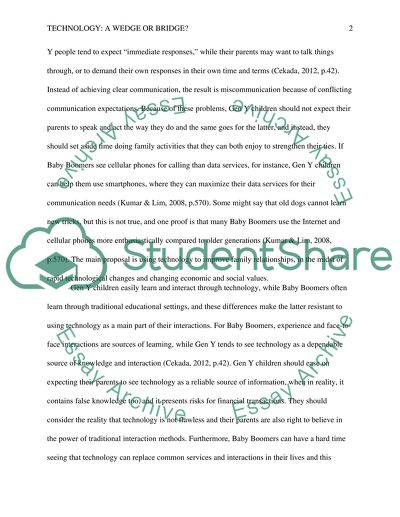Cite this document
(“Technology: A Wedge or Bridge between Baby Boomer Parents and their Essay”, n.d.)
Retrieved from https://studentshare.org/technology/1460864-technology-a-wedge-or-bridge-between-baby-boomer-parents-and-their-gen-y-children
Retrieved from https://studentshare.org/technology/1460864-technology-a-wedge-or-bridge-between-baby-boomer-parents-and-their-gen-y-children
(Technology: A Wedge or Bridge Between Baby Boomer Parents and Their Essay)
https://studentshare.org/technology/1460864-technology-a-wedge-or-bridge-between-baby-boomer-parents-and-their-gen-y-children.
https://studentshare.org/technology/1460864-technology-a-wedge-or-bridge-between-baby-boomer-parents-and-their-gen-y-children.
“Technology: A Wedge or Bridge Between Baby Boomer Parents and Their Essay”, n.d. https://studentshare.org/technology/1460864-technology-a-wedge-or-bridge-between-baby-boomer-parents-and-their-gen-y-children.


